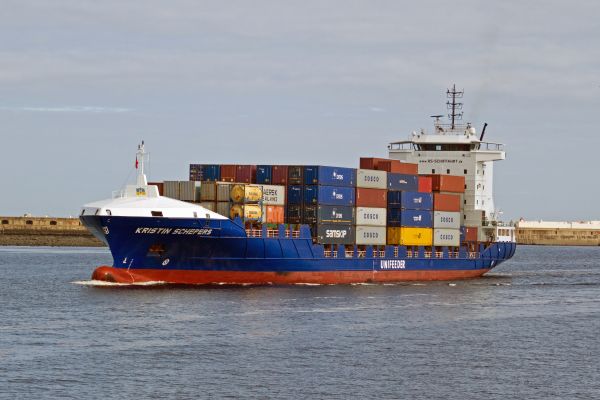Shipping Glass Bottles from Guangzhou/Shenzhen to Lappeenranta Port, Finland: 20FT/40FT Full Container Load (FCL) and Less-than-Container Load (LCL) Shipping
When it comes to shipping glass bottles internationally, one of the key considerations is ensuring the safety of the fragile cargo throughout its journey. Shipping glass bottles from Guangzhou or Shenzhen, China, to Lappeenranta Port, Finland, involves both Full Container Load (FCL) and Less-than-Container Load (LCL) shipping options, depending on the size of the shipment and the desired delivery method.
1. FCL Shipping: 20FT/40FT Containers
Full Container Load (FCL) shipping is ideal for large shipments that fill a whole container, whether it be a 20FT or 40FT container. Shipping a 20FT or 40FT FCL from Guangzhou or Shenzhen to Lappeenranta Port offers several advantages:
- Faster transit time: With FCL shipping, the entire container is dedicated to your goods, meaning less handling and a faster, more direct transit route.
- Lower cost per unit for large shipments: FCL shipping is generally more cost-effective for large quantities of goods because the total cost is spread across the full container.
- Increased security: Glass bottles can be securely packed in an FCL shipment, reducing the risk of damage during transit.
The estimated shipping time for a full container from China to Finland is approximately 42 days. This can vary depending on weather conditions, port congestion, and other factors.

2. LCL Shipping: Less-than-Container Load
For smaller shipments that do not fill an entire container, Less-than-Container Load (LCL) is the more cost-effective option. With LCL, your goods are consolidated with other shipments, meaning you only pay for the space you use.
The main advantages of LCL include:
- Cost-efficiency for smaller shipments: For shipments that don’t require a full container, LCL allows you to save money by sharing the container with other goods.
- Flexibility: LCL shipments are often more flexible, with frequent sailing schedules that may suit customers who need to ship smaller quantities regularly.
- Lower minimum shipping volume: LCL is perfect for shipments of glass bottles that don’t meet the volume requirements for FCL.
The estimated transit time for LCL shipping is also around 42 days, similar to FCL, though this could be longer depending on the consolidation process at the port of origin and destination.
3. Packaging of Glass Bottles for Safe Transit
One of the most critical aspects of shipping glass bottles is ensuring their protection during transit. Proper packaging is essential to prevent breakage or damage. The key packaging steps for shipping glass bottles are:
- Cushioning material: Glass bottles are typically placed in custom-designed packaging with foam, bubble wrap, or shredded paper to cushion them during handling and transit. This helps absorb shocks and prevents the bottles from colliding with each other.
- Inner packing: Glass bottles are often packed individually in cardboard boxes or wooden crates. The boxes are designed to hold each bottle securely in place, preventing movement inside the package.
- Outer packaging: Once the bottles are packed into boxes or crates, the outer layer of packaging is reinforced. This could include strong, corrugated cardboard boxes or wooden pallets, depending on the size and fragility of the bottles.
- Stacking and securing: In an FCL shipment, the boxes are stacked neatly within the container, ensuring that the weight is evenly distributed. Pallets may be used to stabilize the boxes and prevent shifting during transit.
- Labeling: Clear, visible labels indicating “Fragile” and “Handle with Care” should be placed on all boxes containing glass bottles. These labels alert handlers to exercise caution during loading, unloading, and transport.
For LCL shipments, extra care is taken to ensure that each box or crate is properly packed and secured within the shared container. Consolidation processes at the port may involve additional protective measures to minimize the risk of damage from other goods in the same container.



